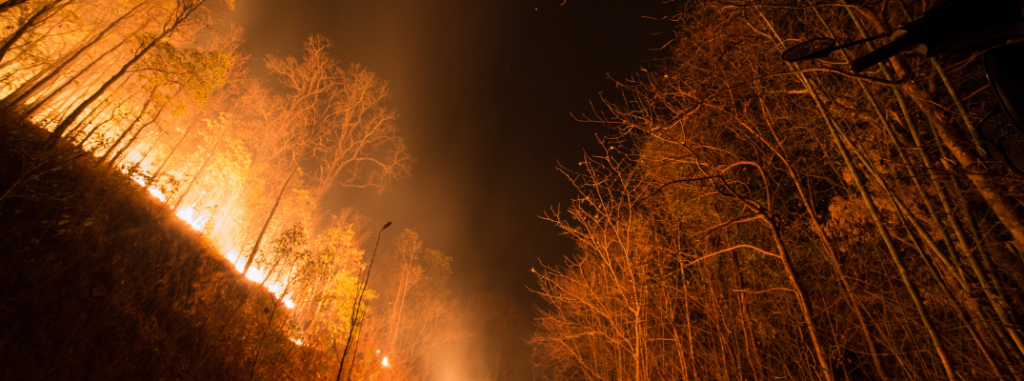The fire has wiped out virtually all of Paradise, a town home to about 26,000 people around 170 miles north-east of San Francisco. Just a quarter of the fire’s perimeter is contained, which is when it cannot spread further due to a barrier such as a river or a trench dug by firefighters
The Woolsey fire has menaced the Los Angeles area, burning 83,000 acres. Pushed coastwards by the Santa Ana winds, which blow from the north-east, the fire has caused the evacuation of Malibu. Only 20% of the fire is contained. The smaller Hill fire, burning slightly north of the Woolsey fire, moved through 4,500 acres.
The remains of 29 people have been found in the wake of the Camp fire, making it the most deadly California fire in 85 years. Some were found inside their cars, having been caught while attempting to escape the flames.
Two people have died in the Woolsey fire, bringing the total death toll to 31. This figure is likely to climb, with more than 200 people missing. A total of 250,000 Californians have been forced to flee their homes; the Camp fire alone has destroyed nearly 7,000 buildings.
Different classes of people have been displaced, lost their homes, from vulnerable, low-income families in Paradise to Hollywood celebrities such as Miley Cyrus, Liam Hemsworth, Neil Young and Lady Gaga.
An overstretched army of 8,000 firefighters have been battling the flames, their challenge heightened by dry, gusty conditions expected to continue this week.
Is Climate Change To Blame?
Large wildfires require a variety of conditions, such as favorable wind speed and direction, fuel, terrain and ignition, which can be as simple as a trailer throwing up sparks by scraping on a road.
Climate change is however making conditions more favorable for wildfires in the American west. Of the 20 largest wildfires in California’s recorded history, 15 have occurred since 2000, at a time when forests have become drier and warmer.
Temperatures in the west have increased by about double the global average since the 1970s, lengthening the western wildfire season by several months and drying out large tracts of forests, making them more fire-prone.
“Climate change is increasing the vulnerability of many forests to ecosystem changes and tree mortality through fire, insect infestations, drought and disease outbreaks,” a major climate assessment by the US government states.
“Given strong relationships between climate and fire, even when modified by land use and management such as fuel treatments, projected climate changes suggest that western forests in the United States will be increasingly affected by large and intense fires that occur more frequently,” the report adds, noting that fire suppression techniques have also heightened the risk.
This video from Twitter shows a footage of the fire whirling like a Tornado.

